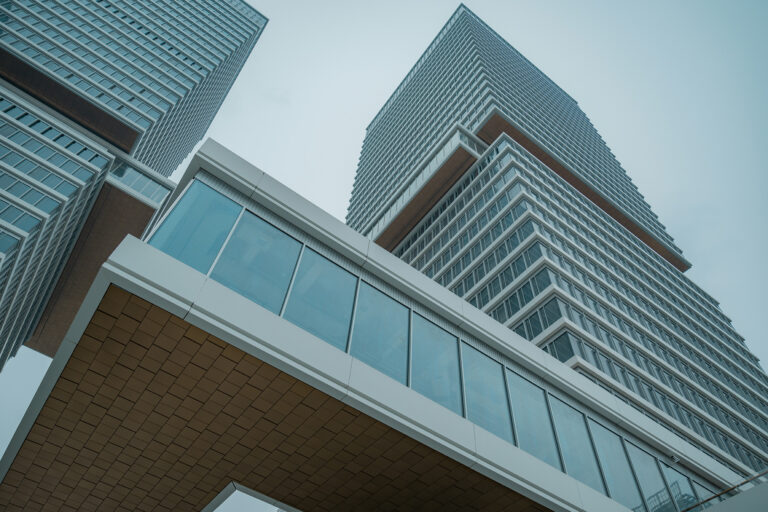
Essential Knowledge Before Building Commercial Buildings
Constructing commercial buildings is a complex process that requires careful consideration of various aspects, from design to execution and operation. These structures must meet the needs of businesses, users, and local regulations while being economically and environmentally viable. Below are the key points and essential knowledge to consider before starting the construction of a commercial building.
1. Define the Purpose and Use of the Project
Before initiating any construction project, clearly define the building’s purpose and use:
Type of Business: Is the building intended for offices, retail stores, restaurants, or a shopping center?
Specific User Needs: Such as required space, specific amenities (like storage or meeting rooms), and interior design.
Flexibility: Consider the possibility of future changes, like converting an office to a retail space or vice versa.
2. Choosing the Right Location
Location selection is one of the most critical aspects of constructing commercial buildings:
Accessibility: Proximity to main roads, public transportation, and parking for customers and staff.
Surrounding Environment: Being situated in an area that aligns with the type of business, e.g., office buildings in city centers and retail stores in high-traffic areas.
Infrastructure: Availability of facilities such as water, electricity, gas, and high-speed internet.
3. Budget and Financial Management
Constructing a commercial building requires precise budgeting:
Construction Costs: Including materials, labor, and equipment.
Additional Costs: Such as permits, insurance, and architectural design.
Return on Investment (ROI): Evaluate whether the construction is economically feasible and the expected time to recoup the investment.
4. Compliance with Local Laws and Regulations
Every commercial building must comply with local laws and regulations:
Building Codes: Adherence to safety, earthquake, and fire standards.
Permits: Securing the necessary construction and operation permits.
Land Use: Ensuring the chosen land is zoned for commercial use.
5. Efficient and Functional Design
Building design has a direct impact on functionality and success:
Exterior Design: An attractive façade that draws customers and users.
Interior Design: Optimizing space usage to enhance comfort and efficiency.
Technology: Incorporating smart systems for lighting, air conditioning, and security.
Accessibility: Creating spaces that accommodate people with special needs.
6. Sustainability and Environmental Considerations
Commercial buildings should be designed to minimize their environmental impact:
Sustainable Materials: Using recycled or durable materials.
Energy Efficiency: Installing solar panels, efficient ventilation systems, and thermal insulation.
Water Management: Employing rainwater harvesting systems and water-saving equipment.
7. Amenities and Services Infrastructure
Commercial buildings must offer amenities that attract and retain users and staff:
Public Spaces: Such as lobbies, lounges, and green areas.
Comfort Facilities: Access to adequate restrooms, elevators, and escalators.
Dedicated Spaces: Such as parking lots, storage areas, and meeting rooms.
8. Planning for the Future
Constructing a commercial building is a long-term investment that requires foresight:
Flexible Design: Allowing for space expansion or interior reconfiguration in the future.
Maintenance and Repairs: Choosing materials and systems with lower maintenance costs.
Smart Management: Utilizing modern technologies for energy and service management.
9. Professional and Specialized Team
The success of a project depends on having a skilled professional team:
Architect and Designer: To create a beautiful and functional design.
Construction Engineers: To ensure the building’s safety and durability.
Project Manager: To oversee scheduling and costs.
10. Competitor and Market Analysis
Before construction, researching competitors and market needs is crucial:
Competitor Analysis: Study similar commercial buildings and identify their strengths and weaknesses.
Market Demand: Ensure the building aligns with regional needs and target customers.
Conclusion
Building commercial buildings requires meticulous planning, understanding of regulations, and attention to design and efficiency. By considering the points outlined in this article, you can ensure your project is successful and meets users’ needs in the best possible way.


No comments yet.